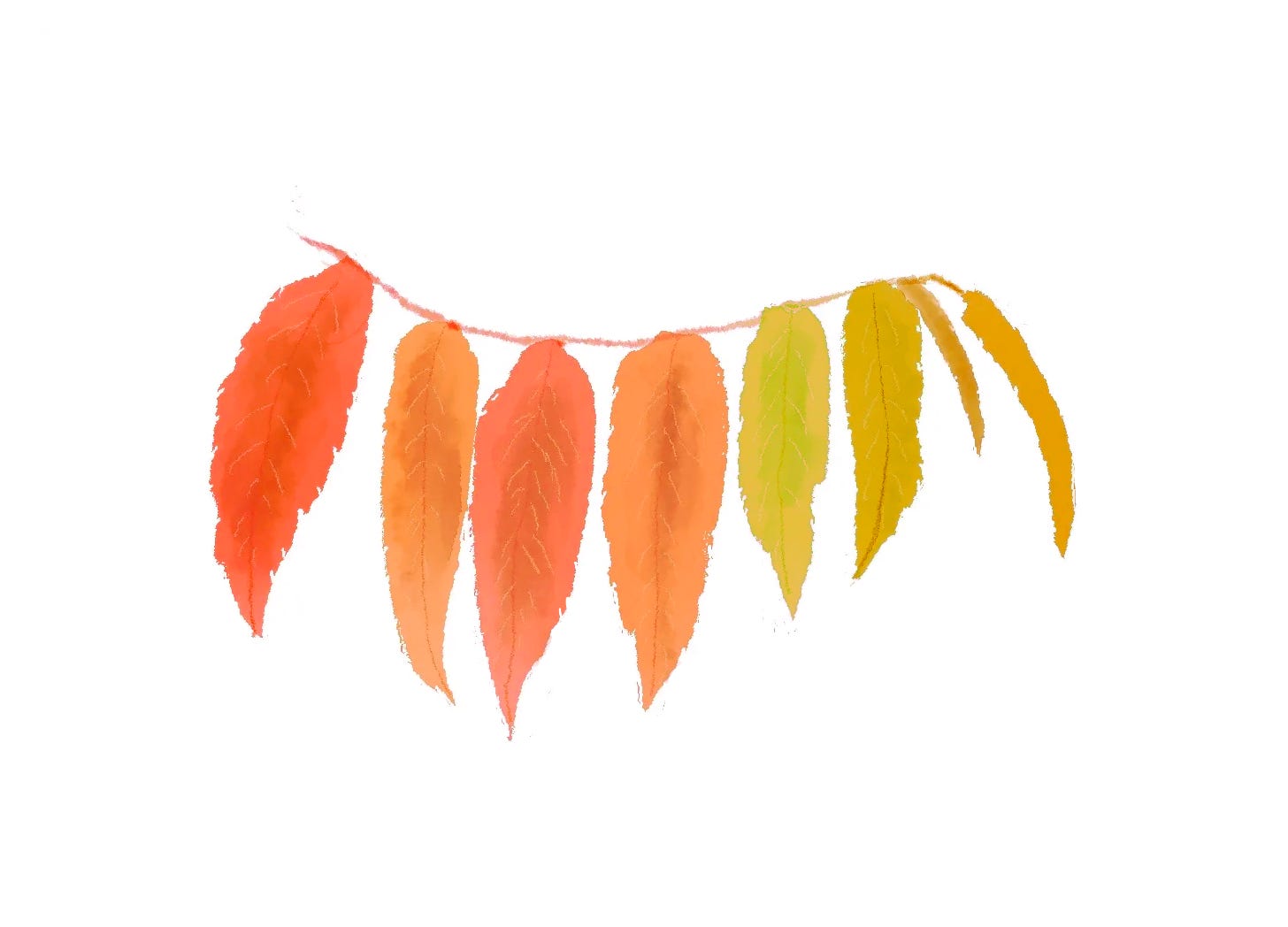Early bloomer - Plum blossom
Native to China and with over 4,000 years of history, the plum blossom is a beloved symbol with rich cultural significance ...
Beloved symbols
Braving the winter cold to view plum blossoms in late January or early February is one of the most enjoyable activities after the New Year celebration. In China, the plum blossom is more culturally significant than the cherry blossom. it is deeply embed in Chinese culture. It represents:
Inner strength & optimism: even through the cold of winter, the plum blossom blooms, showing resilience and hope.
hope: It’s one of the first flowers to bloom, bringing new life after the quiet of winter.
renewal & spring: blooming between seasons, it signals the warmth and growth that comes with spring.
the five blessings of life: the five pedal represent longevity, wealth, health, happiness, and peaceful death.
Ancient flavor
The plum blossom has a long history as a seasoning and marinade. Before vinegar became widely popular and accessible about 2,000 years ago, plum fruit was used to flavor dishes like plum paste, pickles, and sauces.
Morden life
Nowadays, the plum blossom remains deeply embedded in modern life.
Design: Plum blossoms are commonly seen in Chinese art and architecture, such as on lattice windows.
Name: Mei, meaning "plum" in Chinese, symbolizes elegance and strength. It has historically been a popular name for girls in China.
Food: Plum blossoms often appear as a decorative pattern on mooncakes for the Mid-Autumn Festival and on sticky rice cakes for Chinese New Year.
Cousins to cherry blossoms
Plum and cherry blossoms belong to the same rose family and have similar flowers, but they’re two distinct plants.







A delightful read. Thank you, Bree.
I hadn’t really appreciated the differences between the two 😊